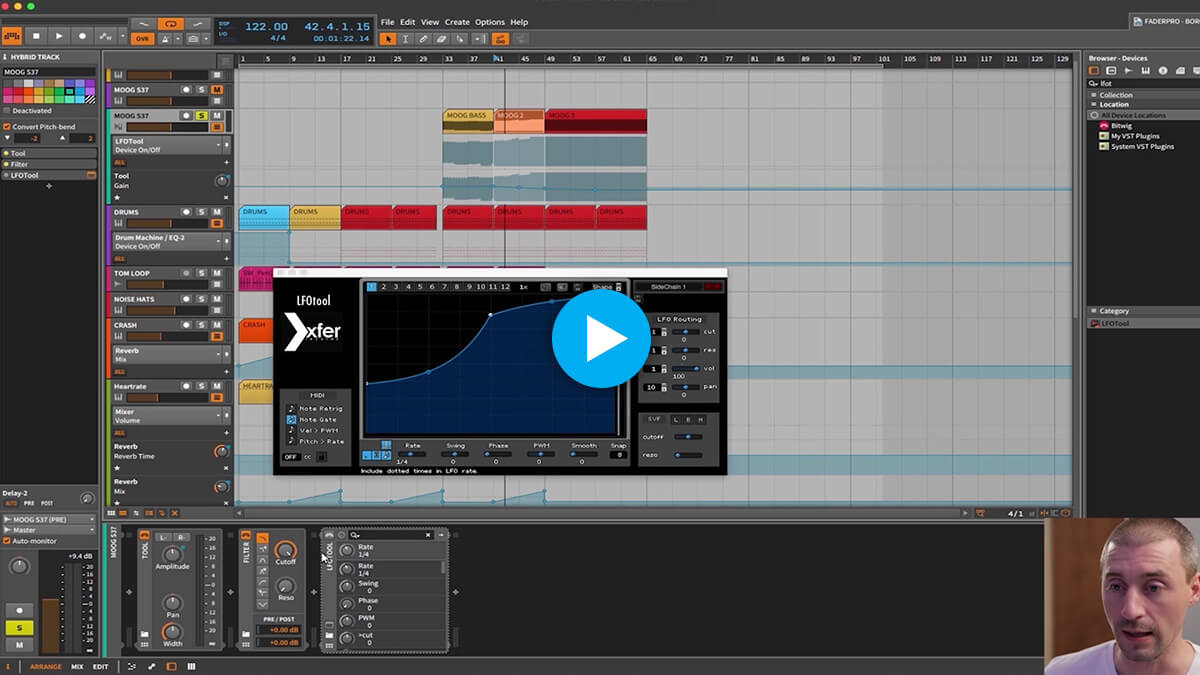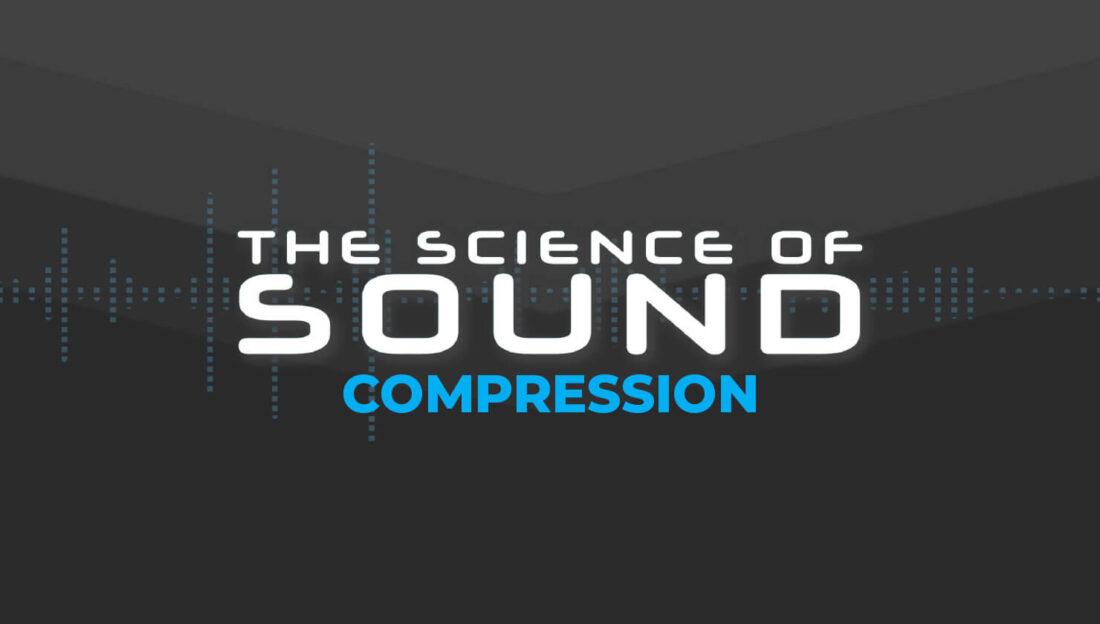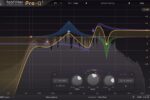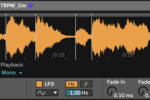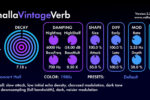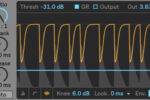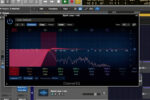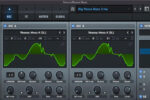Using sidechain plugins to make mix elements pump
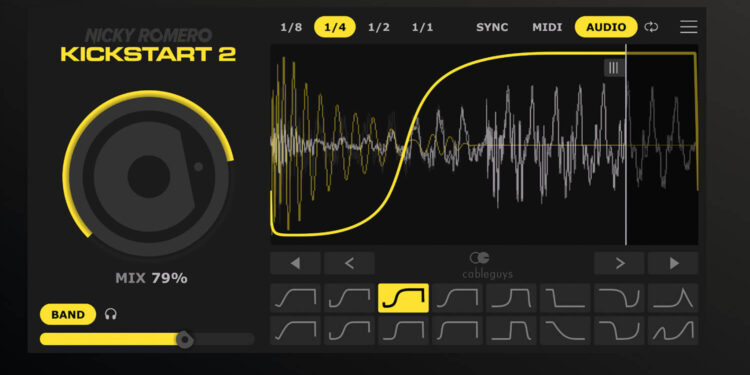
Learning how to use sidechain plugins is an essential skill when creating modern, polished tracks
Modern mixing is practically dependent on sidechaining techniques, but do you know what they are and how sidechaining works?
Sidechain history
When it became popular and simple to achieve, sidechain compression allowed producers to do two things: for one, it facilitated better bass mixing, providing a great way for kick and bass to live together – even in the same frequency range. And second, with a different setup, sidechain compression led to more creative ‘mix pumping’ uses, as popularized partly by Eric Prydz.
In the video below, production guru Dom Kane takes us through his method for sidechaining using a dedicated sidechain plugin, and explains the benefits it can have.
Sidechaining explained
A compressor reacts to the audio level on a channel, bringing it down when it crosses a certain point. Let’s say we put it on a piano track – when the piano breaches the threshold you set, its level will be reduced based on the ratio you set. Simple.
With sidechaining, the compressor would still be placed on an audio channel, but the gain reduction is actually driven by another channel. For the compressor placed over our piano, what if we drove its gain reduction from the drums signal instead? The piano would be brought down in level with each drum hit.
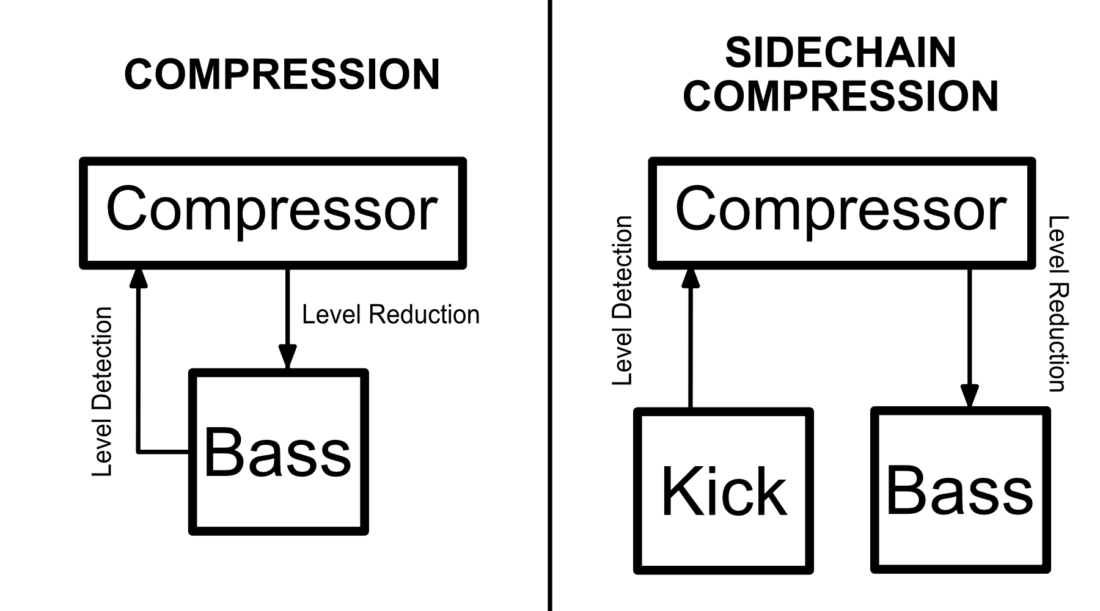
Sidechain compression can be used for ‘proper’ compression in mixing, by allowing one element to ‘pop through’ against another. A classic example is putting a compressor over a bass channel, and feeding its gain reduction from the kick.
There’s another use for sidechain compression, too: by setting the compressor release time more slowly, music can be made to pump rhythmically down and back up again. This is usually done in time with the kick, which is – you guessed it – used as a sidechain input.
Listen to the start of this track and you’ll notice it right away.
Sidechain plugins: the new way to sidechain
But sidechaining requires a bit of headscratching to set up, and some thinking about how your compression settings should be implemented. Thanks to this and the ubiquity of the effect, a few plugins have been brought to market to make the process far easier.
These ‘instant sidechain’ plugins are slipped onto the track you want to pump up, and give you the effect straight away. This solves the drag of setting up sidechain compression, but also opens up new ways to make things happen.
By drawing your own exact envelope (ie, the pattern of movement that will happen to the channel’s level, thanks to the plugin), you can customize the effect fully, by simply drawing it into one of these plugins.
Let’s take a look at some of the more popular sidechain plugins on the market.
Xfer Records LFOtool
In Dom Kane’s In The Studio free video above, Dom shows us the inner workings of LFOtool, and how to apply it to get sidechaining.
LFOtool is a powerful modulation plugin that allows users to create complex and dynamic modulations with ease. This plugin offers a wide range of waveform options and sync modes, as well as the ability to create custom LFO shapes. It’s an ideal tool for creating intricate modulation patterns and for adding movement and interest to your tracks.
If you want to dive into more detail about LFOtool, check out Jono Buchanan’s article How to use Xfer Records LFOtool.
Devious Machines Duck
Duck is a dynamic sidechain plugin that allows users to automatically reduce the volume of one track when another track is playing. It’s an easy to use plugin and offers a variety of presets (including LFO shapes) and a simple interface. Duck can be triggered by various sources, including MIDI, external audio input and the current channel’s audio input.
Duck also has a low- and high- crossover, allowing you to set the depth of the effect differently for the two bands, and choose where they meet. It benefits from phase offsetting and lookahead parameters, too.
Nicky Romero Kickstart
Kickstart is a sidechain and volume modulation plugin that’s specifically designed for creating quick and easy sidechain effects. It’s a simple plugin that features a handful of presets and a straightforward interface. It’s perfect for producers who want to add that classic pumping effect to their tracks without spending a lot of time setting up complicated sidechain routing.
Want to see how Nicky Romero himself uses his sidechain plugin? Check out Nicky Romero Digital Music Masterclass!
What’s the difference between the two sidechaining methods?
Classic ‘compressor’ sidechaining is harder to set up, but it offers a key benefit: your pumping and ducking is triggered by the exact signal you’re sending to it.
In our kick and bass example, if you reduce the level of the kick, or stop it playing for a few bars, you get a reaction in your volume movement – a reaction that corresponds exactly to the changes made.
Dedicated sidechaining tools can solve this problem by adding a layer of setup of their own: triggering functionality. The pattern drawn in can be looped as usual, but it can also be played a single time as a one-shot, whenever it’s triggered by a source. This means you would have to – you guessed it – sidechain the sidechain tool, from the source you want to trigger it.
In this case, the benefit of a sidechain tool is still here: the exact shape you draw is customizable and changeable, and you don’t need to get your head around compressor logic to make a change.
Sidechain tools such as Duck also offer a way to trigger the envelope using MIDI and audio input level – including the audio track the plugin is loaded on.
What’s next?
If you’re interested in learning more about compression in general you should check out Jono Buchanan’s Science of Sound: Compression course.
The course will take you through compression from the ground up, teaching you everything you need to know to apply the process in a range of production situations. From adding power to vocals and drums with parallel and New York style compression, to compressing specific frequencies with multiband and frequency-sensitive techniques, this course is sure to deliver a wide range of production knowledge.
